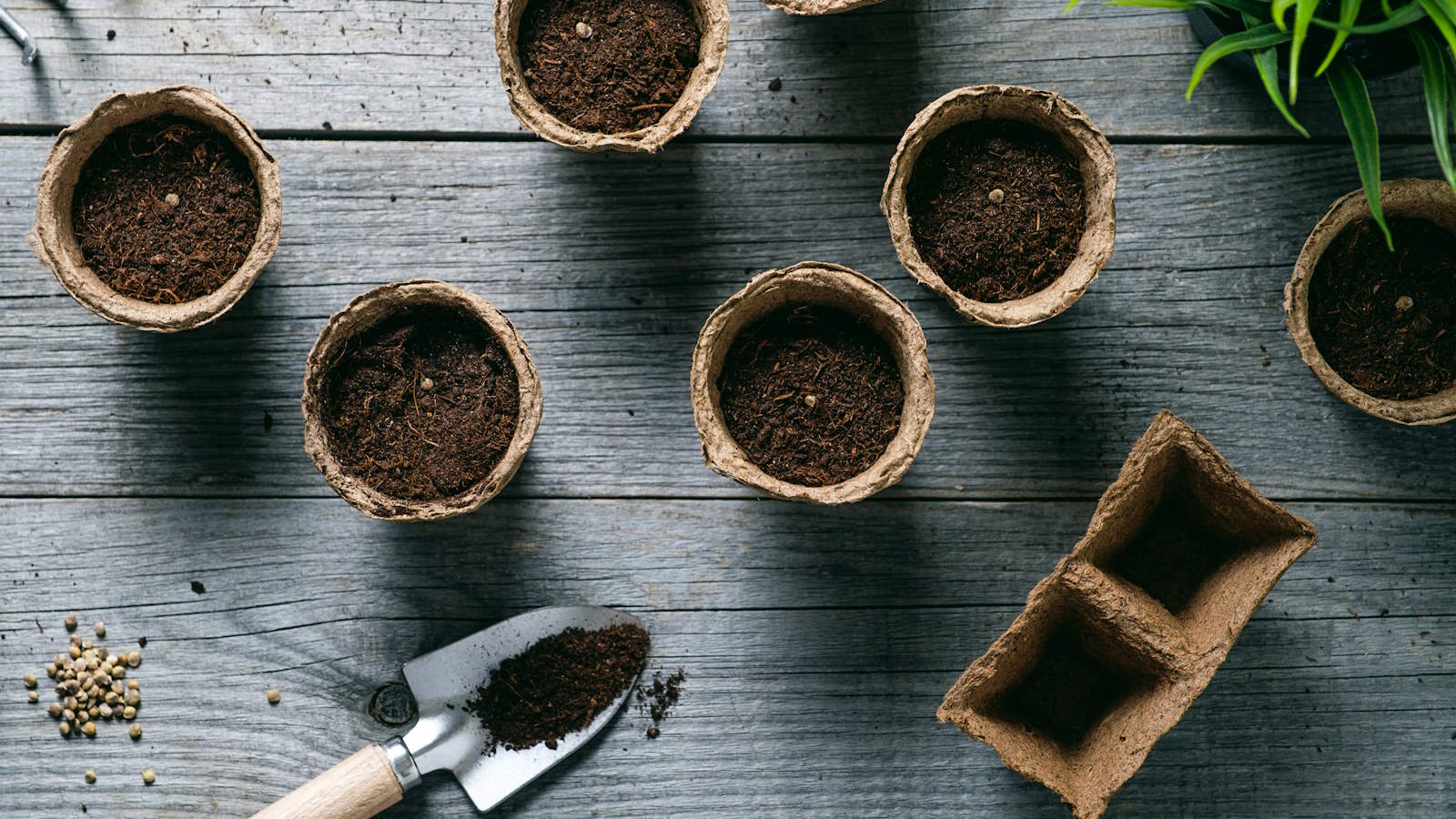
Growing your own vegetables at home is hugely popular and many growers simply cannot wait to get going each year. February may still be cold and wet, but spring is not too far away and there are an increasing number of vegetables that can be planted this month.
After the slim pickings of January sowings, it may be tempting to get busy sowing vegetable seeds in February. However, it is advisable to not rush as you will still likely need additional heat and light - especially at the start of the month.
February also brings with it the first chance to sow seeds outdoors directly into the ground in warmer climates, but for most it will still mean sowing indoors in a warmer and protected place.
Here are seven vegetables to plant in February, while you can still continue sowing the likes of cabbages, cauliflower, fava beans and onions that were ideal vegetables to plant in January.
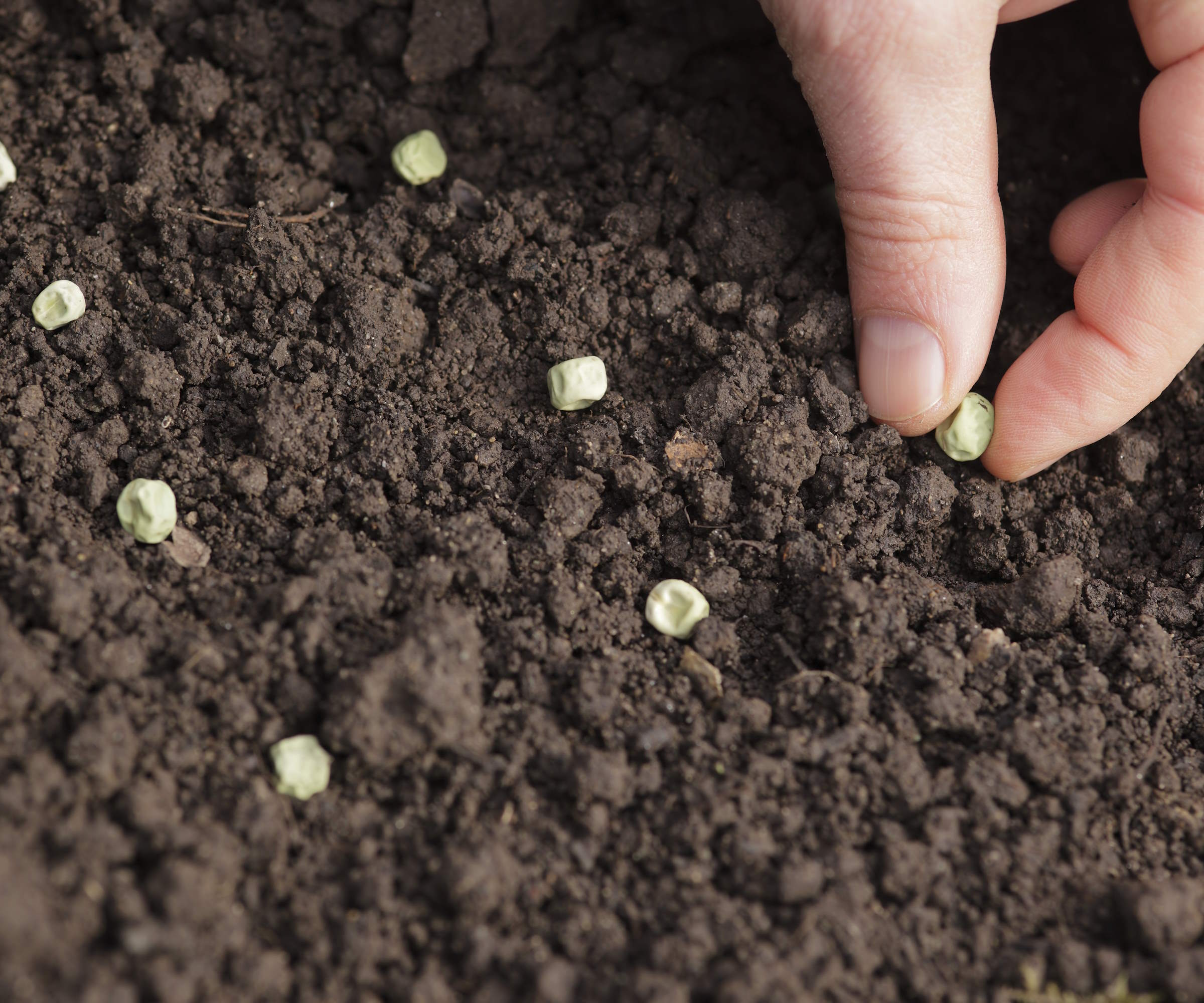
February vegetable sowing essentials
Unless you are blessed with a heated greenhouse, many vegetables sown in February will benefit from additional heat and light - courtesy of a heated propagator or LED grow lights.
The addition of gentle and consistent heat from a propagator will help with germination, while lights can supplement the natural offering and help prevent seedlings going leggy. A warm and bright windowsill can suffice, but remember to regularly rotate seedlings.
Any outdoor sowings in February rely on the soil being warm and workable. The likes of cloches or horticultural fleece can help to warm the soil earlier and provide a more protected environment from the fluctuating February weather.
If you are planning when to plant vegetables outside, checking the soil temperature is crucial as neither seeds nor young plants will be happy in cold and wet ground.
A propagation kit featuring a heat mat and grow light to provide warmth and light to help germinate seeds and ensure seedlings develop healthily
1. Kohlrabi
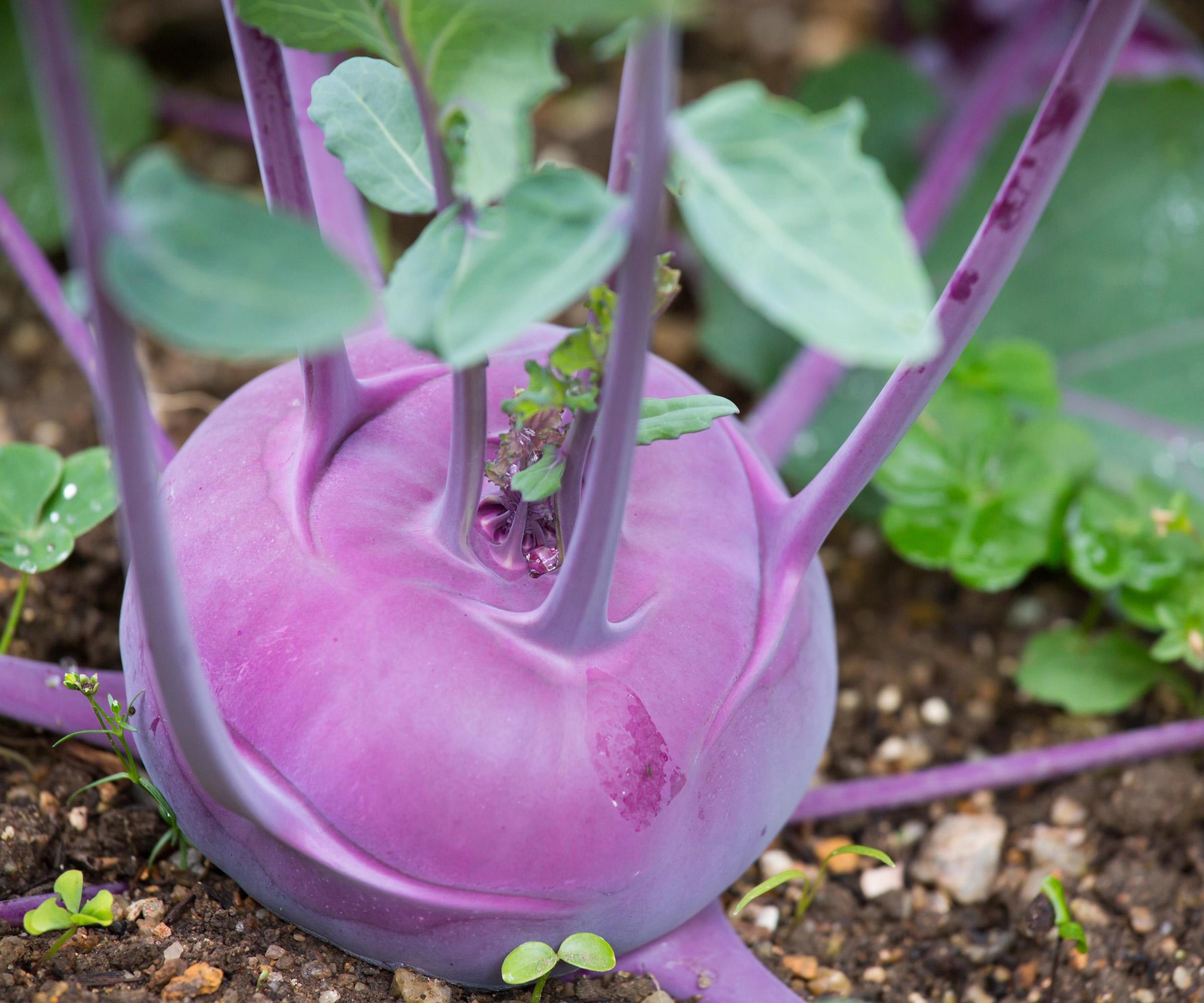
Kohlrabi is an unusual, but increasingly popular, brassica to grow. It is a fast-growing vegetable that develops a swollen ball-shaped stem, coming in either purple, white, or green varieties.
Kohlrabi can be sown regularly throughout the year, with early sowings starting from February onwards providing a harvest in early summer. This can be done in one of two ways, either indoors or outdoors.
Seeds can be sown into modules indoors and the seedlings transplanted outdoors around six weeks later. The alternative is to sow kohlrabi seeds directly into the kitchen garden protected under fleece or cloches.
You can see the range of kohlrabi seeds at True Leaf Market
2. Kale
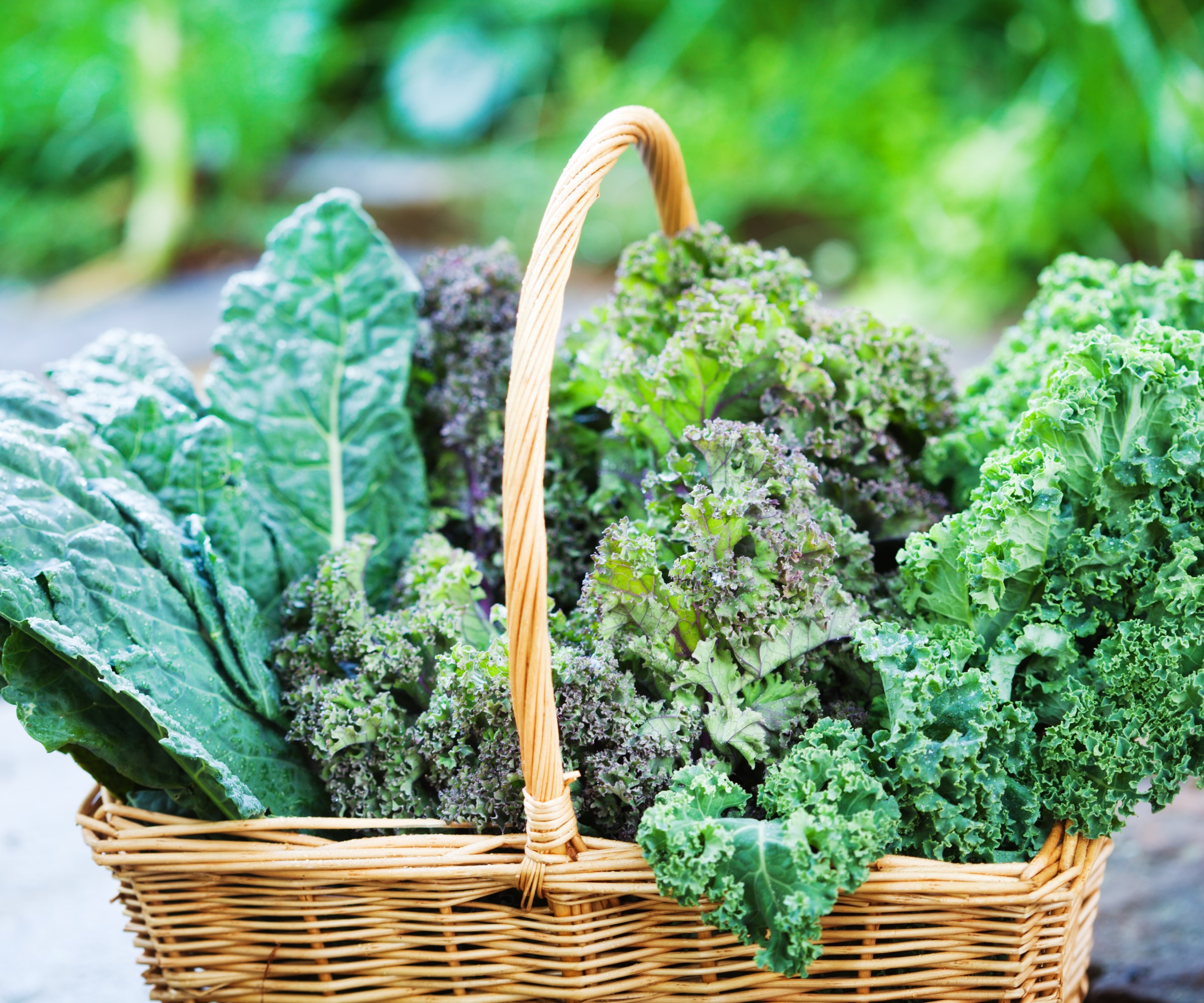
Kale is a highly nutritious superfood that is easy to grow and can provide a long and bumper harvest of delicious leaves. If you want to grow kale, there are various leaf shapes and colors to choose from and there is also the option of dwarf varieties suitable for small vegetable gardens or vegetable container gardens. One sowing can provide a large harvest of kale, as you can get repeated pickings from plants over a long period of time.
I have often started kale indoors in February - often growing both red and green curly varieties, as well as the likes of cavolo nero. Sow the seeds indoors into trays, modules, or pots filled with seed compost and keep the soil moist.
Kale tends to germinate quickly, seeds sown in trays will need potting up into individual pots and seeds in modules or pots want thinning to one strong seedling. The young kale plant can be put out in the garden after the risk of frost has passed, and these hardy plants can potentially remain out there and overwinter as winter vegetables all the way through to next spring.
You can see the range of kale seeds at Burpee
3. Swiss Chard
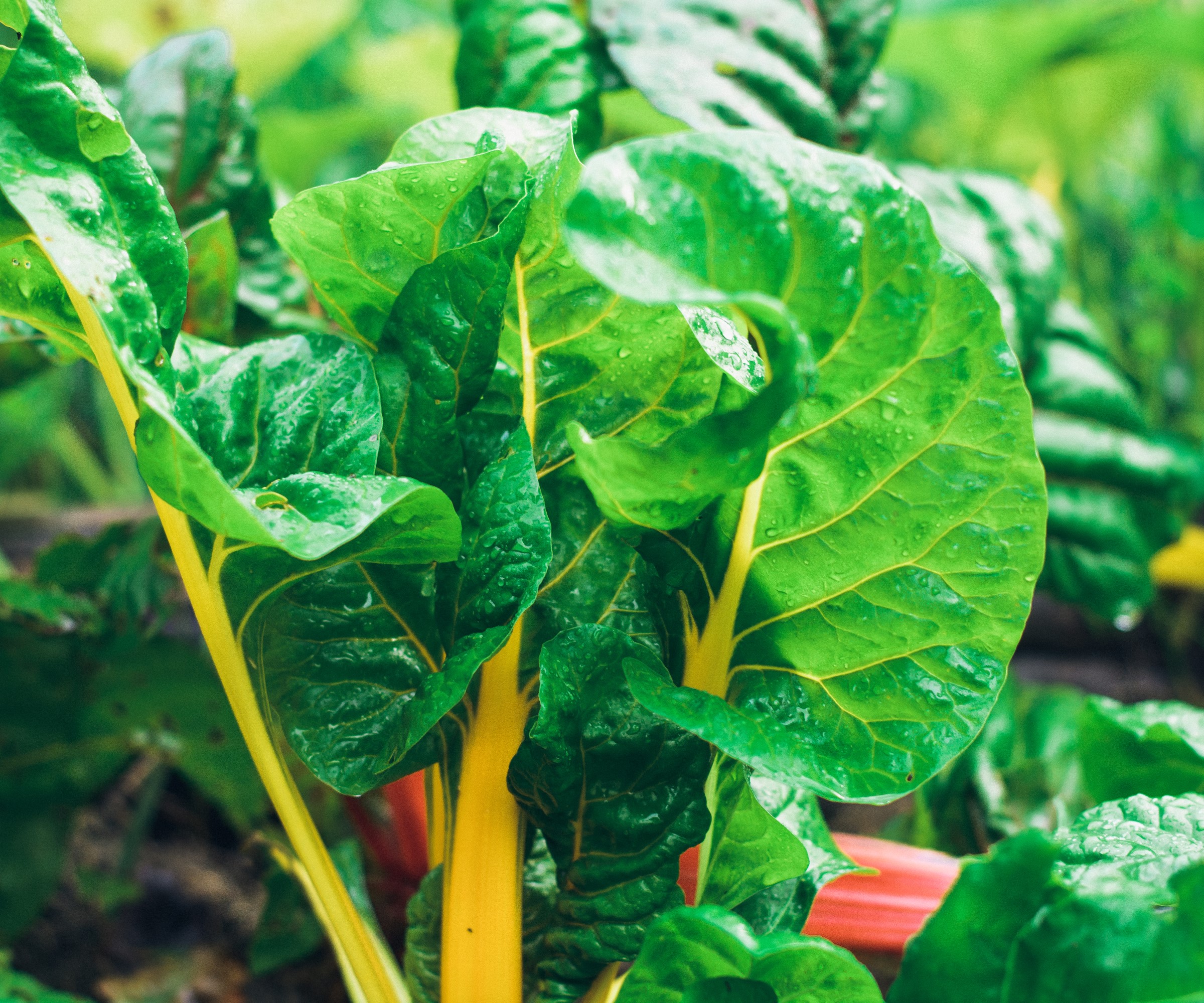
Swiss chard is one of my favorite crops to grow. It comes in a wide range of colors, including bright yellow, red, pink, and white, and is one of the easiest vegetables to grow. Add to that you can harvest swiss chard for so long - and it is definitely a crop that more people should love.
Swiss chard can be sown at various times of the year and can be sown both indoors and outdoors. I have tended to start my Swiss chard plants in a greenhouse in February, though seeds will germinate on a warm windowsill.
Sow the seeds into modules or small pots around half-an-inch deep and keep the soil moist. The young plants can be transplanted out into the garden at least four weeks after sowing.
If you want to direct sow Swiss chard, you need to wait until the soil is workable. Using cloches or fleeces can speed up that process and allow you to start Swiss chard outdoors earlier in spring - though best stick to sowing indoors if you plant to sow chard in February.
You can see the range of Swiss chard seeds at Ferry Morse
4. Tomatoes
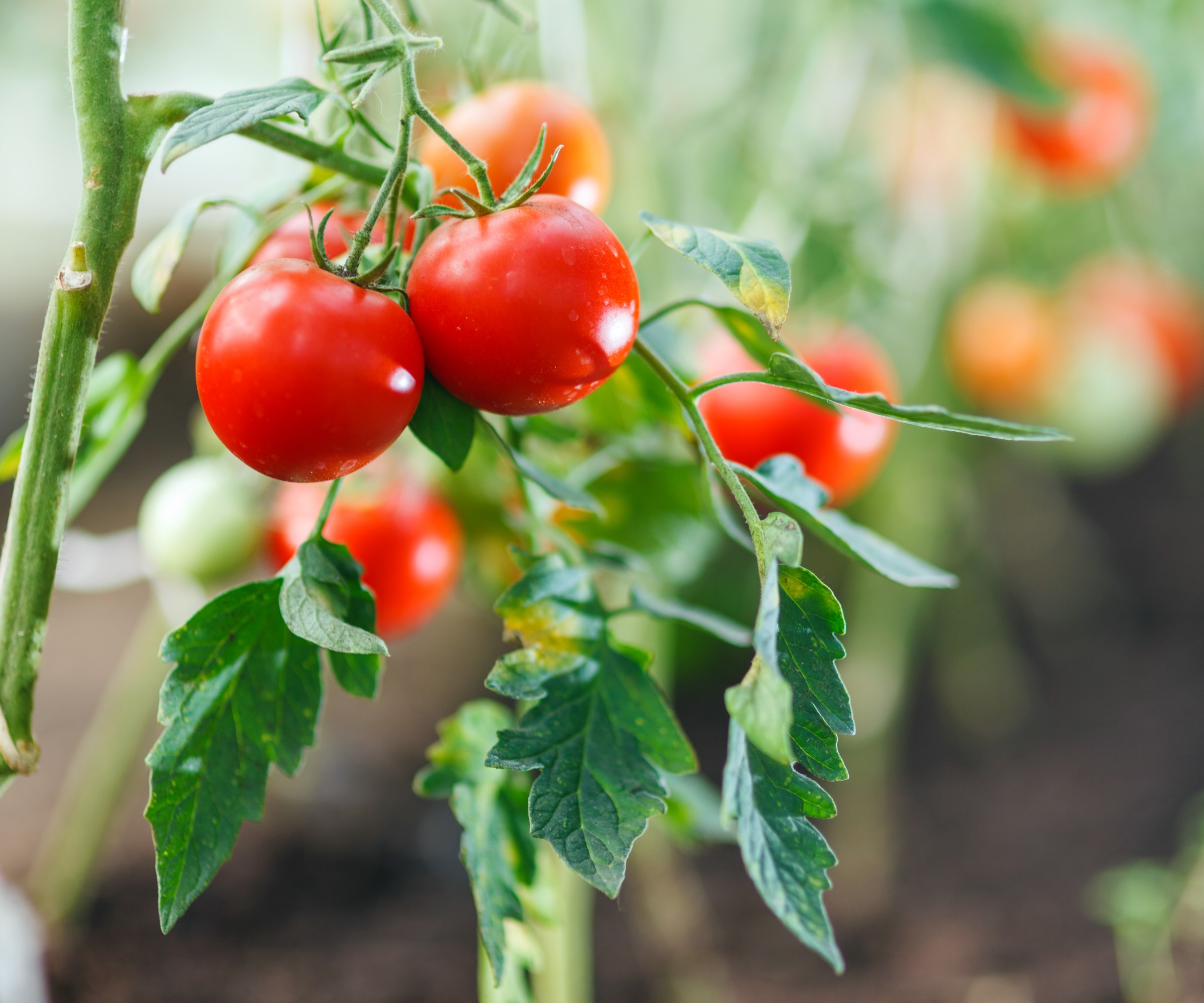
Tomatoes are a crop that can be sown very early, in January or even December, but you do need to provide lots of additional heat and light to get healthy seedlings. Once February comes around, it is much more achievable for many gardeners to get strong tomato plants in a heated propagator or on a sunny windowsill.
There are so many tomato varieties to choose from, in terms of shape, size, and color - and any of them can be sown in February.
When planting tomatoes, cover the seeds with around a quarter-inch of compost and try to provide them with consistent temperatures of 70-80°F. Keep the soil moist, but not too soggy, and pot up the seedlings into individual containers when they have their first set of true leaves.
You can see the range of tomato seeds at Burpee
5. Peas
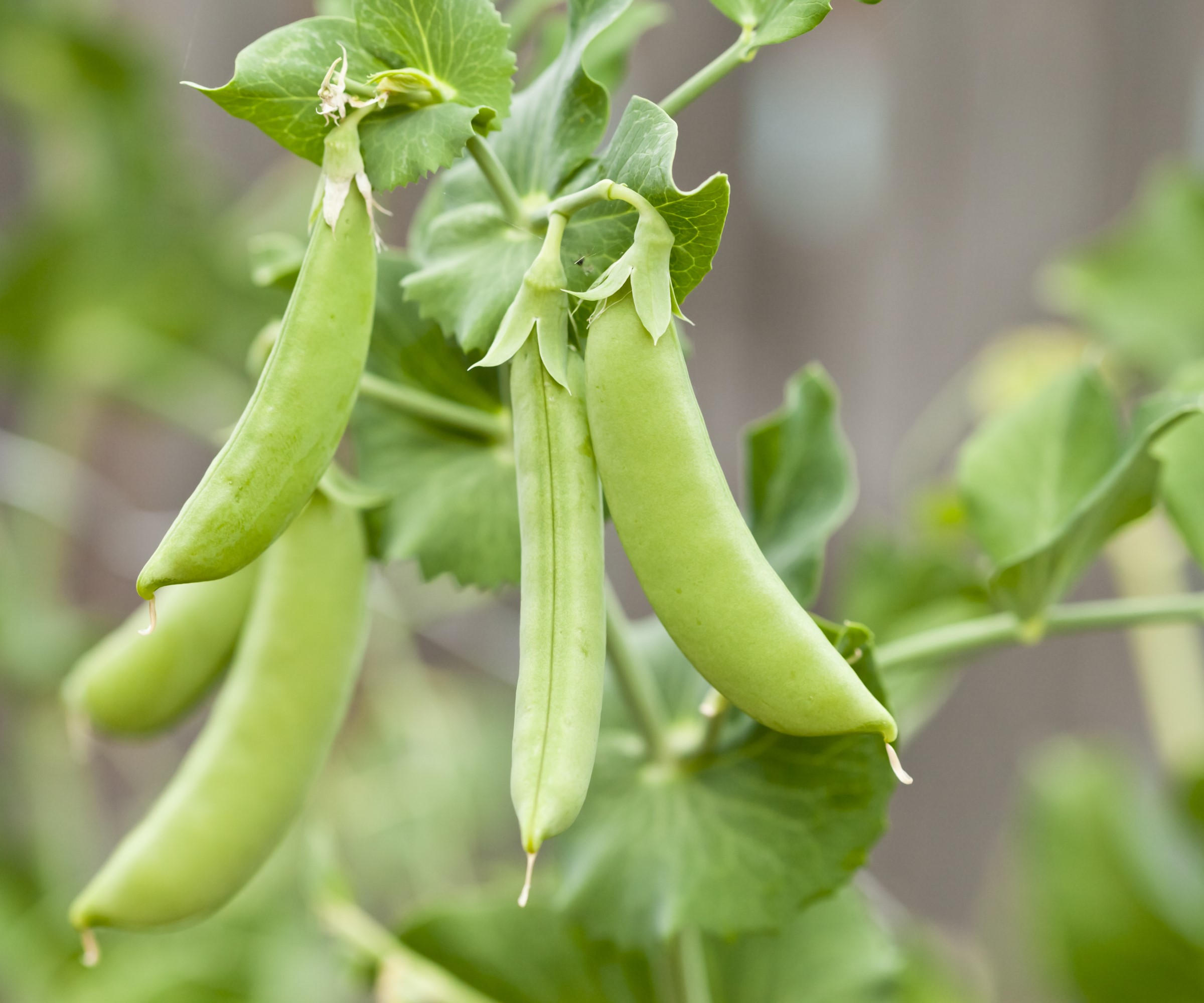
Peas are hugely popular crops that have been grown for centuries and freshly-harvested peas are one of the top delicacies in a vegetable garden. There are different varieties to grow, such as shelling types or the likes of sugar snap peas or mangetout where you eat the pods.
The earliest types of peas can be sown in February. Depending on your US hardiness zone, if the soil is workable in February you can sow them directly into the garden.
However, if your soil is still cold and wet, you can sow the peas indoors early - to avoid them rotting in the soil outside. The minimum soil temperature to sow seeds directly into the ground is 45°F - any lower and start peas indoors, or warm the soil using cloches.
Peas can be sown into small pots in February and germinated in a greenhouse or on a sunny windowsill to plant outdoors once the soil temperature rises.
You can see the range of pea seeds at True Leaf Market
6. Celeriac
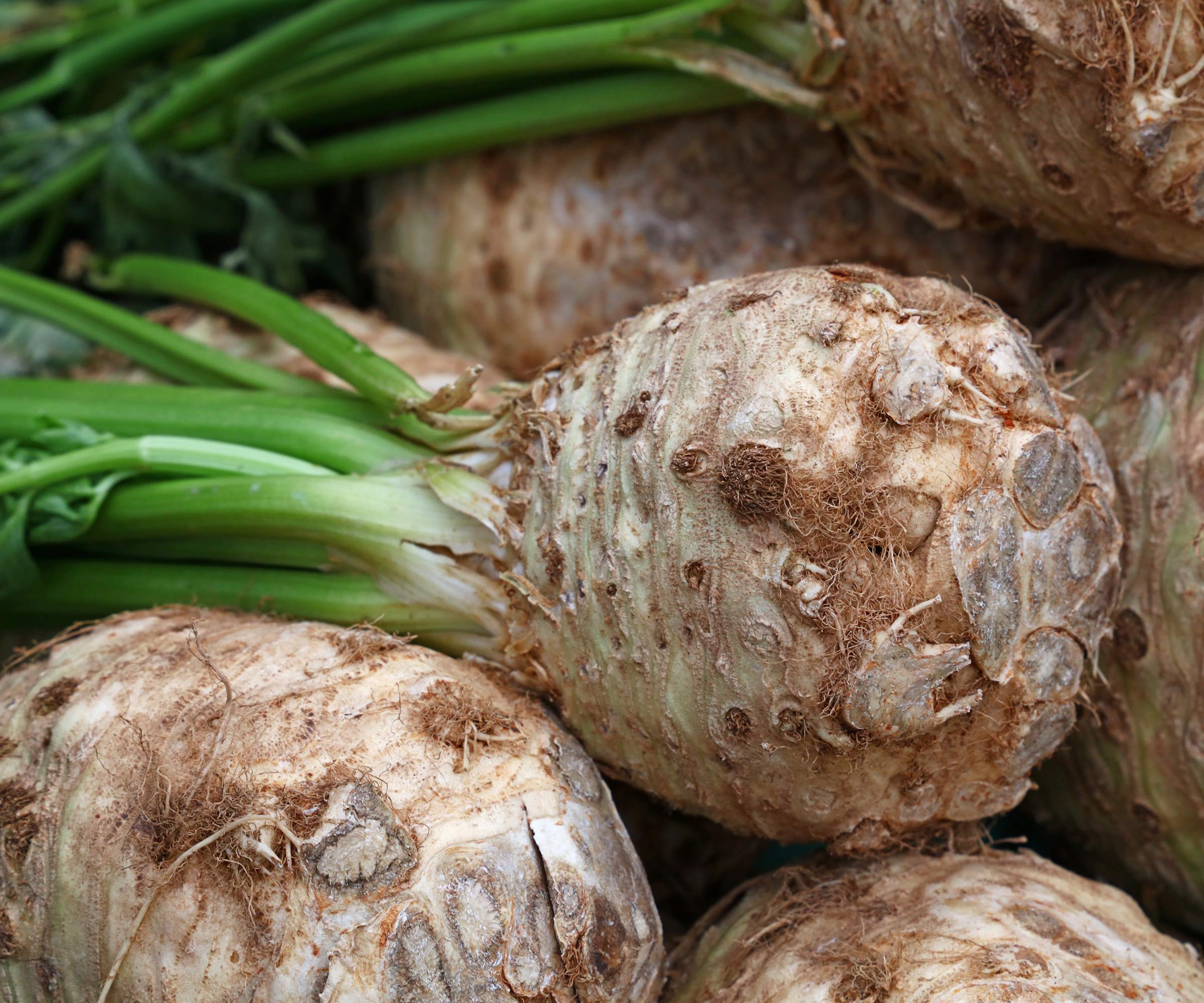
Celeriac is a sweet-tasting root vegetable that requires a long growing season, so there is real benefit in going early with sowing the seeds. Propagation can admittedly be a little bit unpredictable with celeriac, and the seed is surprisingly tiny, so trying to get consistency with the environment does help.
Sow the seeds in modules or small pots just under the surface, as the seeds need lots of light to germinate. Place them in a heated propagator to provide consistent heat of 70-75°F. Pots or modules are beneficial to sowing in trays as it will reduce any root disturbance from potting up seedlings. Keep the soil consistently moist and hopefully they should germinate within three weeks.
Thin seedlings to one per pot or module, keep them moist, and wait until the temperatures warms up before planting them out into the garden.
You can see celeriac seeds at True Leaf Market
7. Cucumber
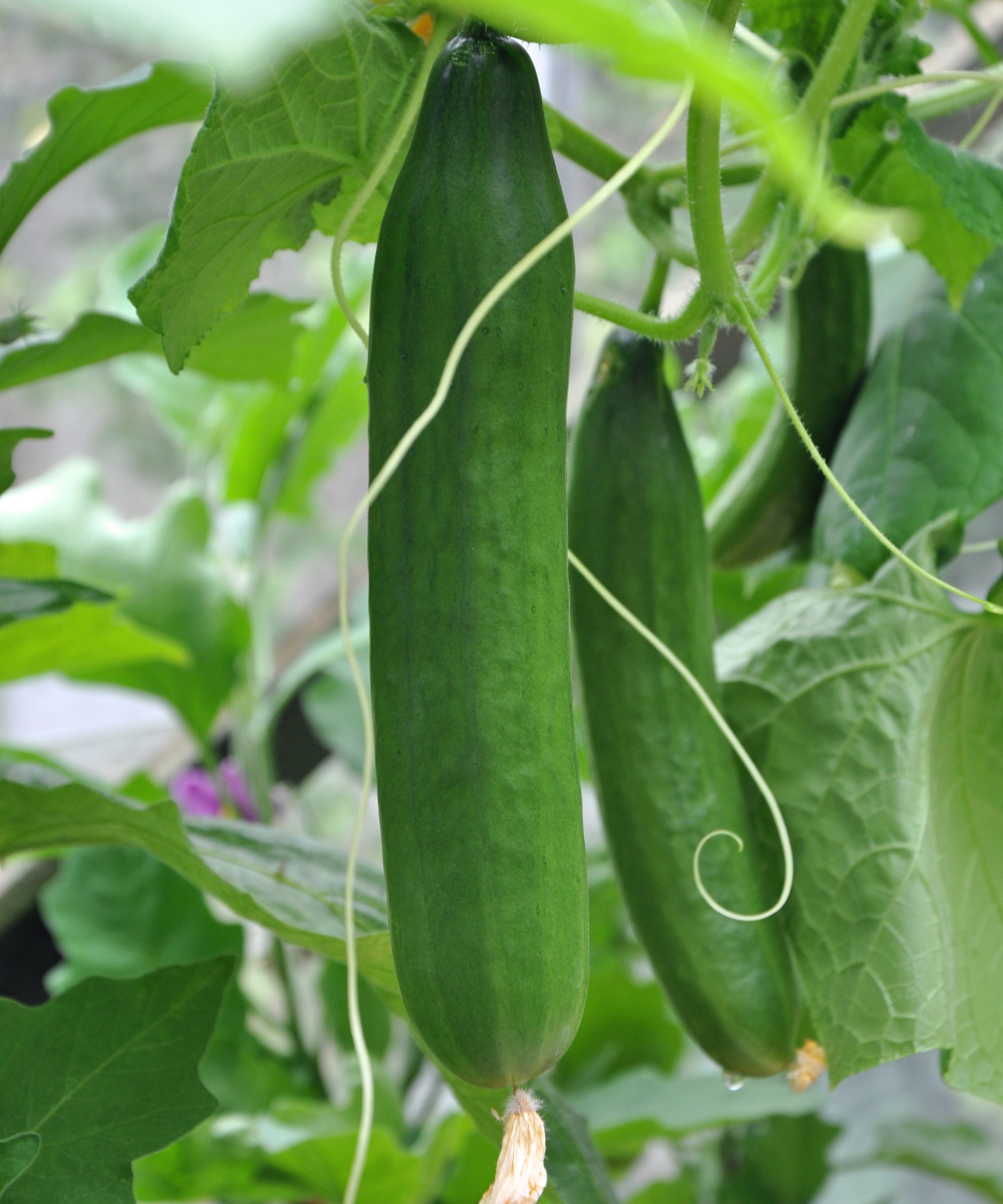
Cucumbers are a fantastic crop to grow at home and, with just a couple of plants, you can be picking cucumbers all summer long. Cucumbers are a crop that can be started earlier indoors in February - if you have heat to provide the seeds.
Plant cucumber seeds in individual pots, as they do not like root disturbance that comes with potting them on. Put two or three seeds in a pot and thin the seedlings to leave one strong young cucumber plant.
The seeds want temperatures of 60-70°F and they germinate quickly in ideal conditions. If the cucumbers are going to grow in a warm greenhouse for the summer, then starting them early is a great option.
If the plants are going somewhere outside, or in a cooler spot like an unheated polytunnel, then a later sowing may be advisable. Otherwise you risk the plants sitting in their pots for too long till the weather is consistently warm enough to put them in their final home.
You can see the range of cucumber seeds at Burpee
FAQs
Can I plant onion sets in February?
If you plan to grow onions from sets rather than seeds, they can be planted out into the garden in February as long as the ground is not frozen or waterlogged. If the ground is very soggy, which risks the onion set rotting, then you can plant onion sets in pots or modules and then transplant them outside in a month once the ground conditions improve. The alternative is to wait until March or April, which are both ideal months for planting onion sets.
Make sure to use the ideal soil to start seeds in when sowing any vegetables. Potting soil that is designed for starting seeds will be lightweight and free-draining and provide the best start possible to your seeds. A good example to use is the Miracle-Gro Seed Starting Potting Mix, available at Walmart.







